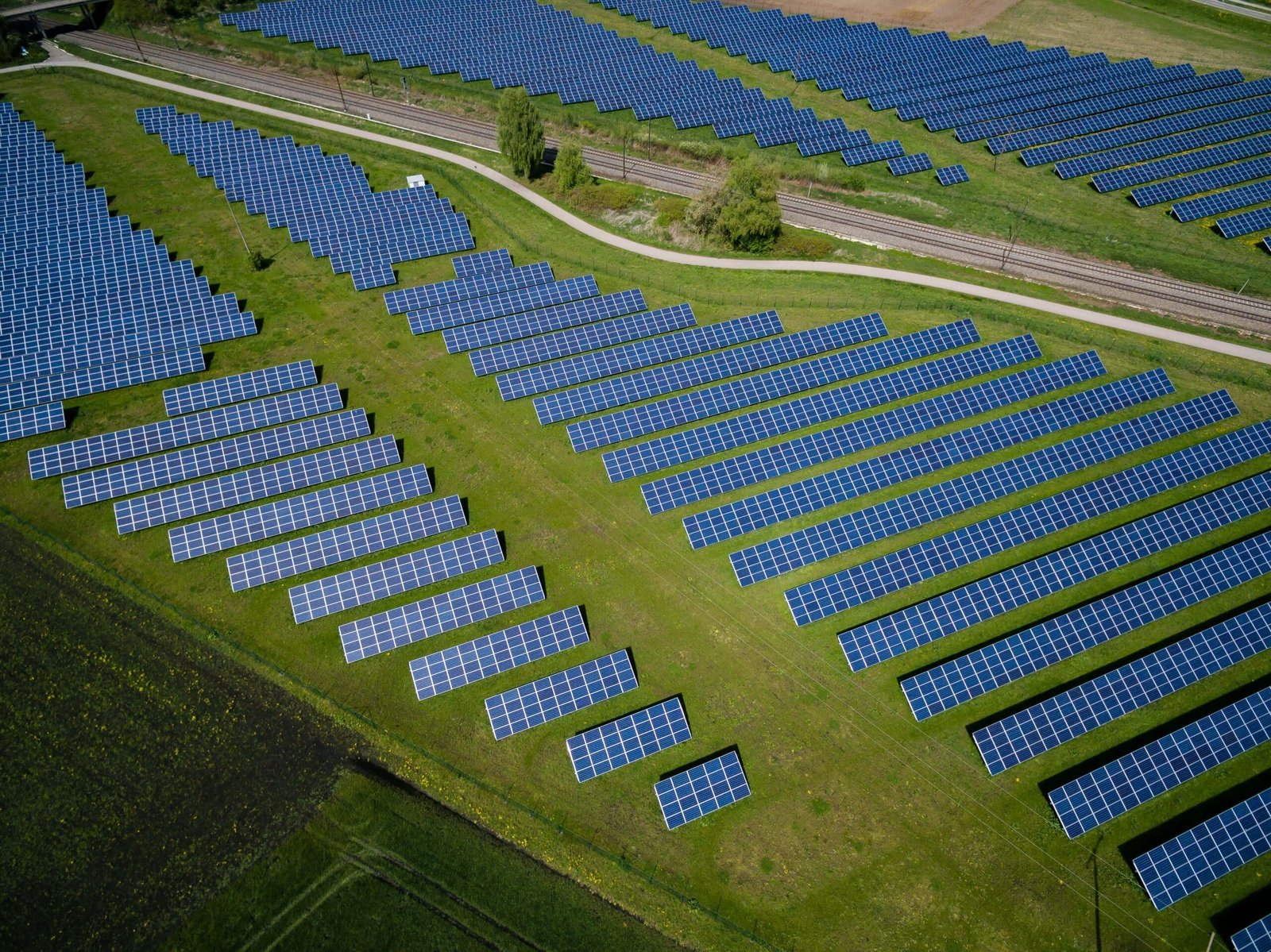Connecting Different PV Panels in Series or Parallel
When it comes to setting up a solar power system, one of the key decisions you need to make is how to connect your photovoltaic (PV) panels. There are two main options: connecting them in series or in parallel. Each method has its pros and cons, and the best choice depends on your specific needs and circumstances.
Series Connection
Connecting PV panels in series means that you connect the positive terminal of one panel to the negative terminal of the next panel, and so on, until you reach the last panel in the series. The voltage of the panels adds up, while the current remains the same. This configuration is often used when you need to increase the voltage of the system.

One advantage of connecting panels in series is that it allows you to achieve a higher voltage output, which can be beneficial in certain situations. For example, if you have a long distance between your panels and your inverter, a higher voltage can help reduce power losses along the way. Additionally, some inverters require a minimum voltage input to function properly, and connecting panels in series can help meet this requirement.
However, there are also some considerations to keep in mind when connecting panels in series. One is that the overall system performance can be limited by the panel with the lowest output, as the current remains the same throughout the series. This means that if one panel is shaded or not performing optimally, it can impact the performance of the entire series. Additionally, series connections can be more susceptible to voltage drops if there is shading or dirt on any of the panels.

Connecting PV panels in parallel means that you connect the positive terminal of one panel to the positive terminal of the next panel, and the negative terminal to the negative terminal, and so on. In this configuration, the current adds up, while the voltage remains the same. Parallel connections are often used when you need to increase the current output of the system.
One advantage of connecting panels in parallel is that it allows you to achieve a higher current output, which can be beneficial in situations where you have high energy demands or if your inverter requires a minimum current input. Additionally, parallel connections can help mitigate the impact of shading or dirt on individual panels, as the overall system performance is not as dependent on the performance of any single panel.
However, there are also some considerations to keep in mind when connecting panels in parallel. One is that the overall system voltage remains the same, so if you need a higher voltage output, parallel connections may not be suitable. Additionally, parallel connections can result in higher power losses due to the increased current flowing through the system. This can lead to higher costs and reduced efficiency.
Combining Series and Parallel Connections
In some cases, it may be beneficial to combine both series and parallel connections to achieve the desired voltage and current outputs. This is known as a series-parallel configuration. By connecting panels in series-parallel, you can take advantage of the benefits of both series and parallel connections.

For example, if you have a large solar array with multiple strings of panels, you can connect the panels within each string in series to increase the voltage, and then connect the strings in parallel to increase the current. This allows you to optimize both the voltage and current outputs of your system.
When deciding whether to connect your PV panels in series or parallel, it’s important to consider your specific needs, the available space, shading conditions, and the requirements of your inverter. It can also be helpful to consult with a professional solar installer who can assess your situation and provide expert advice.
In conclusion, connecting PV panels in series or parallel offers different advantages and considerations. Series connections can increase voltage output, while parallel connections can increase current output. Combining series and parallel connections can provide a balance between voltage and current. Ultimately, the best configuration depends on your specific requirements and circumstances.









